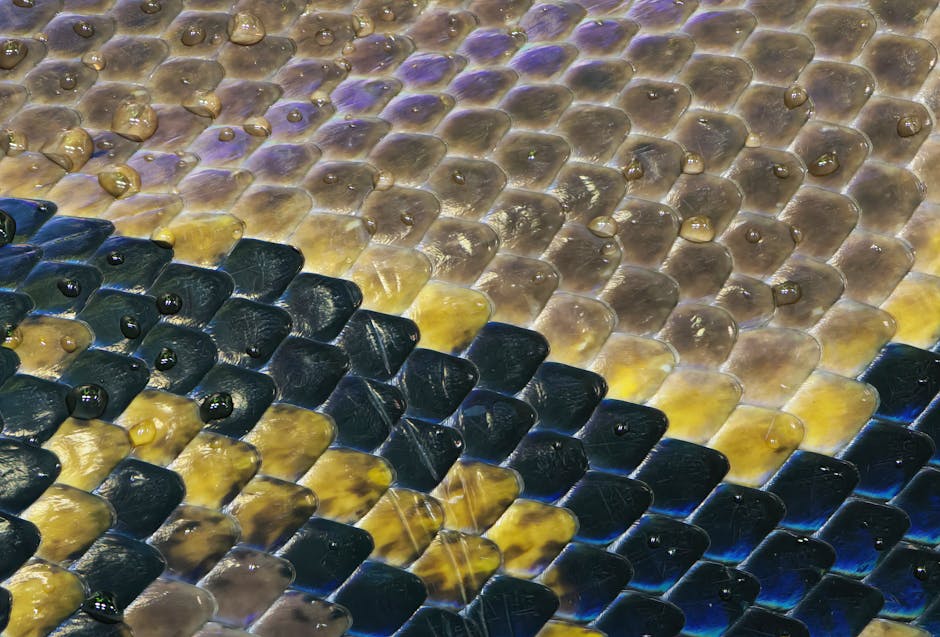- China’s Norinco has developed the “Bullet Curtain,” a close-in anti-drone barrage weapon.
- It’s the first of its kind, designed to counter drones, rockets, helicopters, and missiles.
- The system is inspired by the Metal Storm rapid-fire weapon concept.
- It uses a “plane-to-point” interception model, creating a wall of projectiles.
- This differs from conventional anti-air systems which use “point-to-point” interception.
- It employs a 4×4 arrangement of 35mm gun barrels with advanced ammunition.
- AHEAD ammunition disperses numerous sub-projectiles to form a barrage.
- It integrates radar, optical detection, fire control, and management systems.
- The system is road-mobile, mounted on a 6×6 truck, for mechanized unit air defense.
- Its modular design allows integration with various platforms (vehicles, ships, installations).
- A computer system dynamically adjusts the fire based on the threat.
- Primary function: Close-in defense against drones and aerial threats.
- Country of origin: China.
- Interception Model: Plane-to-point.
13.04.25
IMEEC: A New Silk Road?
- India-Italy Cooperation Deepening: India and Italy are strengthening strategic cooperation across trade, defense, clean energy, and high technology, formalized under the Joint Strategic Action Plan (JSAP) 2025-2029.
- JSAP as Roadmap: The JSAP, announced in November 2024, provides a structured framework for diversifying bilateral cooperation.
- IMEEC Commitment Reaffirmed: Both nations reiterated commitment to advancing the India-Middle East-Europe Economic Corridor (IMEEC).
- Italian Envoy for IMEEC: India welcomed Italy’s appointment of a special envoy for IMEEC.
- IMEEC Structure: The IMEEC is a multimodal transport network comprising:
- Eastern Corridor: Connecting India to the Gulf region.
- Northern Corridor: Connecting the Gulf to Europe.
- IMEEC Objectives: The corridor aims to enhance trade efficiency, counter China’s Belt and Road Initiative (BRI), and integrate energy grids and digital infrastructure.
- IMEEC Participants: Key countries involved include India, UAE, Saudi Arabia, EU nations, and the US (as a strategic partner).
- Expansion Sectors: Focus on AI, cybersecurity, telecommunications, digital technologies, renewable energy, biofuels, higher education, and youth mobility.
- Tajani’s Visit: Italian Deputy Prime Minister Antonio Tajani’s visit to India focused on furthering the strategic partnership.
- Global and Regional Issues: Ministers exchanged views on global and regional developments, with India welcoming Italy’s focus on the Indo-Pacific.
Kathak: Dance of Story
-
Kumudini Lakhia’s Passing: Renowned Kathak dancer Kumudini Lakhia passed away at 94, leaving a legacy that reshaped the dance form.
-
Lakhia’s Kathak Innovation:
- Challenged the traditional storytelling focus of Kathak (Krishna-Radha, Shiva-Parvati).
- Emphasized “art for art’s sake,” focusing on movement, rhythm, and form.
- Transformed Kathak from solo to group ensemble performances.
- Incorporated contemporary themes and abstract concepts.
-
Pioneer and Influencer: She encouraged questioning tradition and expressing the “unsaid” in Kathak.
- She charted her course in Kathak — in form, presentation, costumes and influencing several young dancers of succeeding generations
-
Notable Works: Duvidha (1971), which delved into internal conflict of a woman yearning for a life beyond domestic confines & Dhabkar (Pulse), Lakhia removed the dupatta from the torso and let the girls dance comfortably.
-
Awards and Recognition: Padma Shri (1987), Padma Bhushan (2010), Padma Vibhushan (2024).
-
Early Training: Trained
under Pt Sundar Prasad (Jaipur gharana) and Pt Shambhu Maharaj (Lucknow gharana) -
PM Modi’s Condolences: Called her an “outstanding cultural icon” and a “true pioneer.”
-
Kathak Basics:
- Classical Indian dance from North India, blending Hindu and Mughal traditions.
- Key elements: Tatkar (footwork), Chakkar (spins), Abhinaya (expression).
- Major gharanas: Jaipur, Lucknow, and Banaras.
- Linked to Hindustani (North Indian) music.
Saras Mk2
- Saras Mk2 Test Flight: The updated Indian-designed civilian aircraft, Saras Mk2, is scheduled for test flights in December 2027.
- Development & Purpose: Developed by CSIR-NAL, it’s a 19-seater light transport aircraft intended for passenger transport to Tier-2/Tier-3 cities, medical emergencies, and disaster relief.
- IAF Interest: The Indian Air Force (IAF) has shown interest in potentially purchasing at least 15 aircraft, pending successful flight tests and airworthiness certification.
- Specifications: It’s a 7.5-ton aircraft with a 6-hour endurance, a service ceiling of 29,000 ft, a maximum range of 775 km with 19 passengers and 2450 km with 7 passengers, powered by two Pratt & Whitney Canada PT6A-67A turboprop engines.
- Manufacturing: Hindustan Aeronautics Limited (HAL) will be involved in manufacturing. Wings and composites will be made in-house, metallic parts will be outsourced.
- Prototypes: Two Mk2 prototypes will be built to expedite the certification process.
- Avionics: Avionics will be sourced from Genesis, with reliance on NAL’s in-house computer for several systems.
- Delays: Project delays are attributed to regulatory processes, manufacturing requirements, and the availability of certified pilots. It was originally planned for 2026.
- Legacy: The original 14-seater Saras (PT1N) is being used as a testbed for future planes, it was showcased at Aero India 2019.
Microplastics: Tiny Threat
- Plant leaves absorb microplastics and nanoplastics directly from the air: A new multinational study published in Nature shows plants can uptake these particles.
- Entry Pathways: Microplastics enter leaves via stomata (pores for gas exchange) and the cuticle (protective wax layer).
- Internal Movement: Once inside, microplastics move between plant cells and accumulate in trichomes (hair-like structures) and can travel through plant’s water and nutrient transport systems.
- Microplastics Defined: Microplastics are plastic particles up to 5mm in diameter; nanoplastics are <1,000 nanometres.
- Sources of Microplastics: Originate from degraded plastics, cosmetics, textiles, and industrial waste.
- Environmental Entry: Enter ecosystems through wastewater, runoff, atmospheric deposition, and product use. A 2022 study showed microplastics in 90% of Ganga River samples.
- Ecological Impact: Poses ecological and public health risks as microplastics accumulate in plants and potentially bioaccumulate in the food chain via herbivores and crops.
- Human Health Concerns: Long-term human health impacts are unclear. Further research is needed on dietary exposure, absorption in the digestive system, and potential organ distribution.
- Chemical Risks: Microplastics can carry pollutants and toxic chemicals, increasing health dangers.
- Study Collaboration: The study was conducted by scientists from Nankai University, University of Massachusetts Amherst, the Chinese Academy of Sciences, Northeastern University, and the Beijing Academy of Agriculture and Forestry Sciences.
*Williamson’s Velvet Worm*
- Rediscovery After 111 Years: Typhloperipatus williamsoni, a velvet worm species considered one of the oldest living fossils, has been rediscovered in the Siang Valley of Arunachal Pradesh after 111 years. This is significant because it was thought to be possibly extinct.
- Ancient Lineage: The species belongs to Onychophora, a group over 350 million years old with limited diversity (only two families and fewer than 200 species). The species provides insight into the biogeographical story.
- Historical Context: First collected in 1911 by Stanley Kemp during the Abor expedition, there had been no documented records 24.9-48.3 48.6-11.4 42.9-11.4 132.3-11.4 132.3s0 89.4 11.4 132.3c6.3 23.7 24.8 41.5 48.3 47.8C117.2 448 288 448 288 448s170.8 0 213.4-11.5c23.5-6.3 42-24.2 48.3-47.8 11.4-42.9 11.4-132.3 11.4-132.3s0-89.4-11.4-132.3zm-317.5 213.5V175.2l142.7 81.2-142.7 81.2z"/> Subscribe on YouTube









